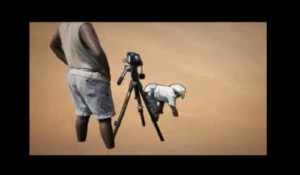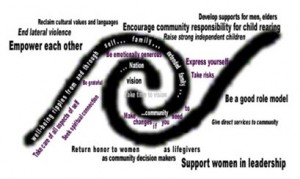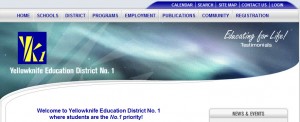Canadian Museum of Civilization Corporation (CMCC) as a national institution responsible for preserving and promoting the heritage of Canada, and contributing to the collective memory and sense of identity of all Canadians. I think what impressed me is that the The Canadian Museum of Civilization has an online exhibition component as well that explores the thousands of objects, papers and other items in its collections representing Aboriginal heritage, immigration history and French Canadian culture. Yet, there seems to be quite a heavy component of Aboriginal Peoples in Canada.
In particular, the First Peoples of Canada page is an interesting resource. As a virtual exhibition that looks at different perspectives of the history of Canada’s Aboriginal peoples, “underlining their fight for cultural survival and indicating the wealth of their modern-day contributions,” the website draws on information and artifacts presented in the First Peoples Hall of the Canadian Museum of Civilization. It doesn’t try to be a comprehensive presentation of the history of all the Native groups in Canada; instead, aspects of cultural identity are explored through four themes: (a) the diversity of Aboriginal cultural expression; (b) how the Aboriginal presence manifests itself within present-day Canada; (c) the adaptation of traditional lifestyles to different environments across Canada; and (d) the impact of the arrival and settlement of Europeans over the last 500 years.
I think this website provides an important “national” recognition of aboriginal peoples of Canada. Certainly, there is still a colonial theme to the history presented, but it does try to balance this out with important historical artefacts from an Aboriginal peoples’ perspective.
http://www.civilization.ca/cmc/exhibitions/archeo/hnpc/npint00e.shtml




